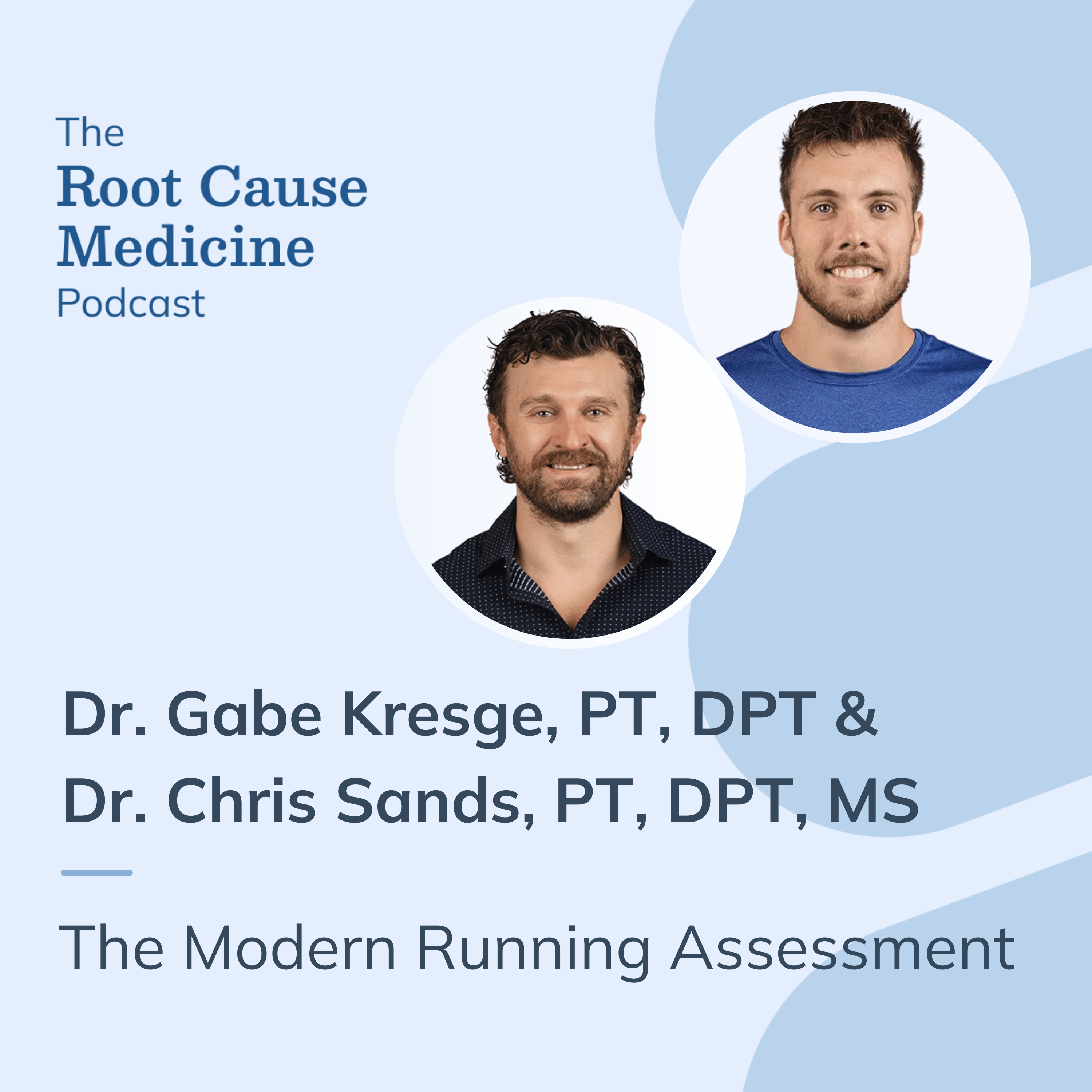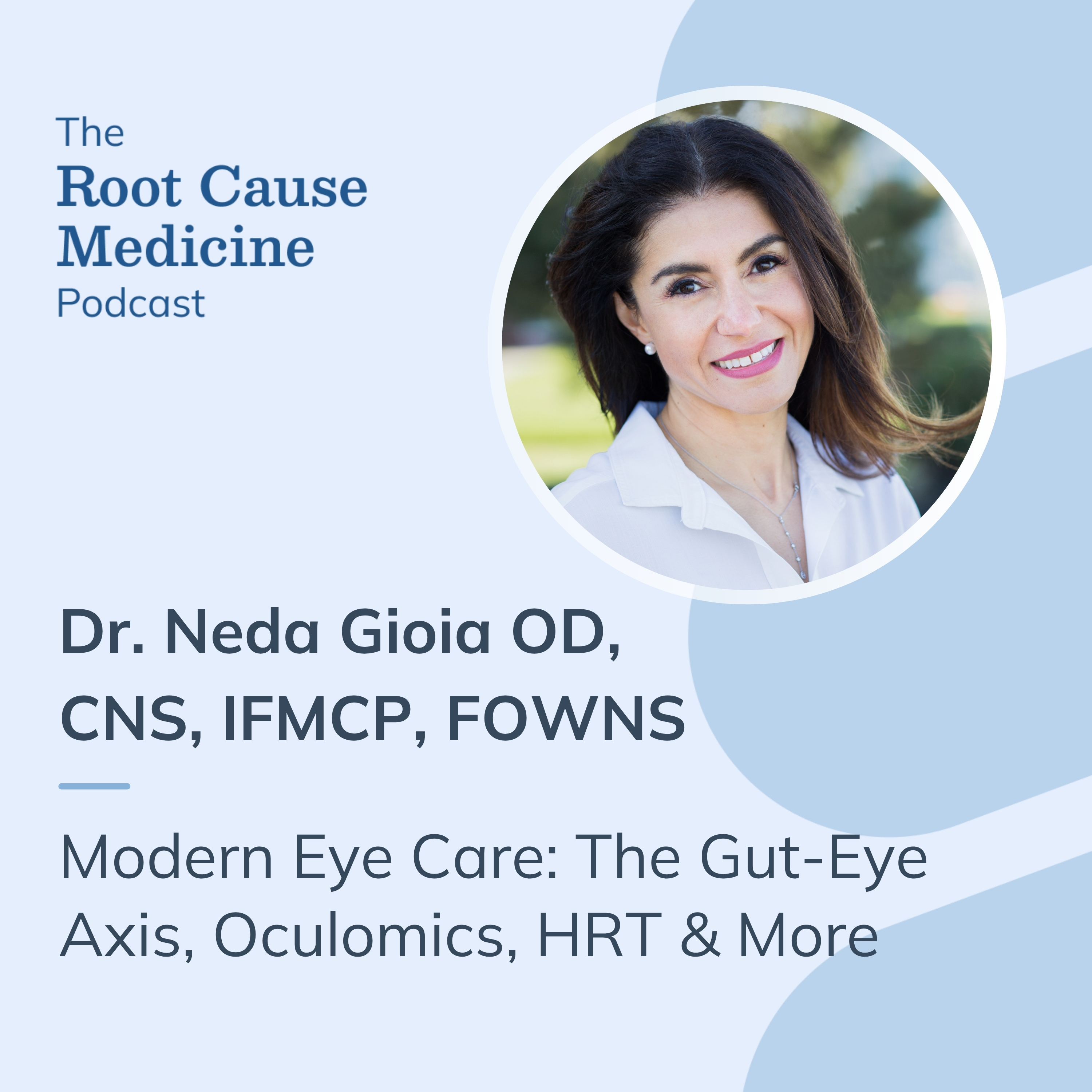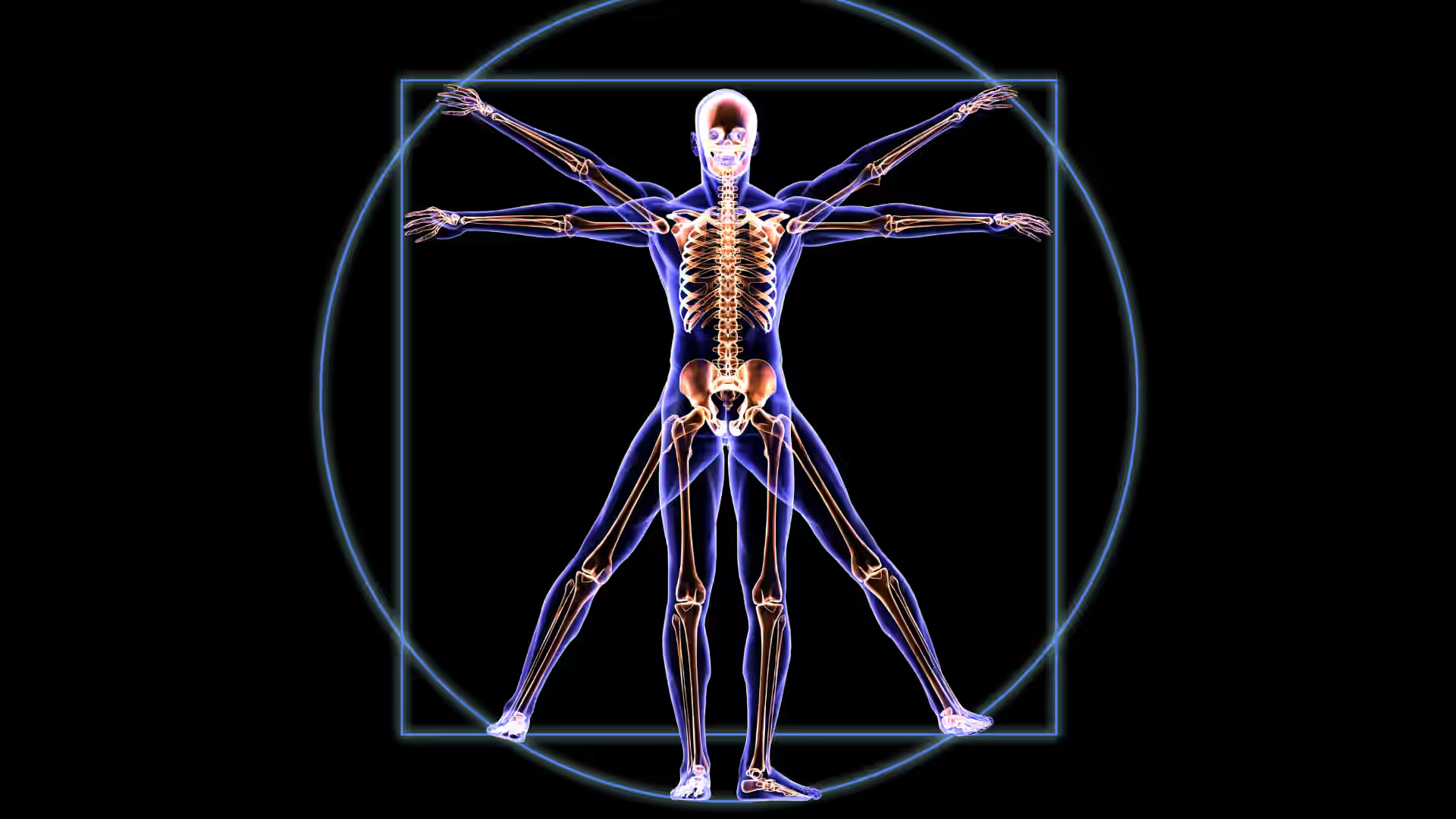Chronic or recurrent inflammation in the gastrointestinal (GI) tract disrupts the epithelial barrier, leading to increased intestinal permeability ("leaky gut"). This allows microbial products and antigens to translocate into the systemic circulation, driving systemic low-grade inflammation and contributing to the pathogenesis of metabolic, autoimmune, and age-related diseases.
A 2018 survey found that 61% of Americans experience at least one GI symptom. Because conditions like inflammatory bowel disease (IBD) and irritable bowel syndrome (IBS) share common symptoms—such as abdominal pain, diarrhea, constipation, and nausea—it can be challenging to determine whether inflammation is involved based on symptoms alone. Clinical diagnosis, therefore, is not possible, and while imaging and other diagnostic procedures can help, they are typically invasive and costly.
Fecal calprotectin has emerged as a reliable, noninvasive biomarker that helps clinicians detect and measure intestinal inflammation. It offers a practical first step in evaluating persistent GI symptoms.
[signup]
Understanding Fecal Calprotectin
Calprotectin is a protein complex made up of two smaller proteins, S100A8 and S100A9. These proteins work together to form a heterodimer—a structure made of two different parts. Calprotectin is mainly found inside neutrophils, a type of white blood cell that plays a central role in the innate immune system. Smaller amounts are also present in other immune cells, like monocytes and macrophages.
During gut inflammation, neutrophils migrate to the GI tract and release calprotectin. Calprotectin recruits additional neutrophils, promotes the expression of adhesion molecules that help immune cells attach to blood vessel walls, and activates immune receptors. It also enhances neutrophil function by reorganizing the cell's internal structure and boosting microbial killing by producing reactive oxygen species (ROS).
In addition to its inflammatory role, calprotectin inhibits bacterial growth by binding metals like zinc, iron, and calcium, making them unavailable to microbes.
Fecal calprotectin (FC) is superior to serological inflammatory markers C-reactive protein (CRP) and erythrocyte sedimentation rate (ESR) for distinguishing IBD from IBS. Calprotectin has a higher sensitivity and specificity for intestinal inflammation, making it more accurate for monitoring disease activity. CRP and ESR may be normal in up to 40% of patients with mild IBD, limiting their utility in this setting.
Clinical Applications of Fecal Calprotectin
In clinical practice, calprotectin is most commonly measured in feces as FC, serving as a sensitive and noninvasive biomarker of intestinal inflammation.
Differentiating IBD vs. IBS
The American College of Gastroenterology (ACG) recommends FC as a helpful marker of GI inflammation to differentiate IBD from IBS and monitor disease activity in Crohn's disease and ulcerative colitis.
There is substantial symptom overlap between IBD and IBS, particularly in patients with Crohn's disease, making it difficult to distinguish between IBD and IBS based on symptoms alone.
- 44% of patients with active IBD experience IBS symptoms
- 35% of patients with IBD in remission still report IBS-like symptoms
Systematic reviews and meta-analyses show that FC testing is 85–93% sensitive (meaning it correctly identifies most people with IBD) and 88–94% specific (meaning it correctly excludes those without IBD) when using a cutoff of 50 μg/g. The negative predictive value of the test can approach 99–100%, meaning that children and adults with a normal FC are highly unlikely to have IBD, helping to reduce the need for unnecessary colonoscopies.
Monitoring IBD Disease Activity
Serial FC measurements are useful for predicting relapse in ulcerative colitis and Crohn's disease. Elevated calprotectin, especially levels that rise over time, in patients in clinical remission, is associated with a significantly increased risk of relapse.
For example, the American Gastroenterological Association (AGA) notes that patients with elevated FC are over four times more likely to relapse within a year compared to those with normal values. Cutoffs for relapse prediction vary, but values above 150–250 μg/g are commonly used, with higher values indicating greater risk.
FC also correlates well with endoscopic and histologic activity. According to different studies, FC <60 μg/g and <187 μg/g predict disease remission and mucosal healing, respectively. The AGA recommends a <150 μg/g cutoff to rule out active inflammation in UC.
While FC is a valuable noninvasive tool for assessing and monitoring intestinal inflammation in pediatric populations, interpretation can be more complex in younger children due to age-related physiological elevations in FC levels. As a result, test results should be evaluated in the context of clinical symptoms, often using a higher cutoff value in younger age groups. Repeat testing may be warranted if results are inconsistent or unclear.
Physiological changes in pregnancy can confound traditional inflammatory markers like CRP and ESR, making them less reliable for evaluating IBD activity in this population. In contrast, FC is not affected by pregnancy and correlates with clinical disease activity throughout all trimesters and the postpartum period.
Guiding Treatment Decisions
In clinical practice, FC <50 μg/g in patients with low clinical suspicion can safely defer endoscopy, while higher values or intermediate clinical suspicion may still necessitate further evaluation due to the risk of false negatives or positives. The diagnostic utility of FC is reduced in intermediate or high pretest probability scenarios, where endoscopy may still be required.
Serial FC measurements serve as a surrogate for mucosal healing and therapeutic response to 5-aminosalicylic acid (5-ASA) and biologic therapy in IBD. In patients with ulcerative colitis, FC ≤50 μg/g in the context of clinical remission (rectal bleeding score 0, stool frequency 0/1) can reliably indicate mucosal healing and may obviate the need for endoscopy in approximately half of patients, with a false negative rate below 5%. Conversely, FC ≥250 μg/g in patients with ongoing symptoms strongly suggests active inflammation and supports therapy escalation.
Interpretation of Test Results
Conventional reference ranges for FC are typically:
- Normal: <50 μg/g
- Borderline: 50–150 μg/g
- Elevated: >150–250 μg/g
The AGA notes that a cutoff of 50 μg/g is highly sensitive but less specific, while higher cutoffs (150–250 μg/g) improve specificity at the expense of sensitivity. For example, in Crohn's disease, a 50 μg/g cutoff yields sensitivity of 88% and specificity of 67%, while 250 μg/g yields sensitivity of 76% and specificity of 74%.
Manufacturer cutoffs may not be universally applicable due to assay variability and should be interpreted in a clinical context. A lower cutoff may be preferred for ruling out inflammation (high sensitivity), while a higher cutoff may be better for confirming active disease (higher specificity).
Confounding factors that can lead to false-positive results should also be considered when interpreting borderline or unexpected results. These include:
- Use of nonsteroidal anti-inflammatory drug (NSAID) and proton pump inhibitor (PPI) medications
- Gastrointestinal infections
- Colorectal cancer
- Age (young children and adults older than 60 years)
- High body mass index (BMI)
Testing Methods and Variability
Fecal calprotectin is measured using various immunoassay methods, but differences between platforms can lead to variability in results. To ensure consistency, clinicians should use the same testing method for serial measurements and follow proper sample collection guidelines.
Immunoassay Platforms
FC testing is performed using several immunoassay platforms, including:
- Enzyme-linked immunosorbent assay (ELISA)
- Chemiluminescent immunoassay (CLIA)
- Particle-enhanced turbidimetric immunoassay (PETIA)
- Fluoroenzyme immunoassay
These platforms differ in automation, turnaround time, and analytical characteristics. ELISA is widely used and well-validated, but newer methods such as PETIA and CLIA offer faster results and greater automation.
Home-based and point-of-care (POC) testing innovations, such as smartphone-based readers (e.g., CalproSmart), allow patients to monitor FC at home. These tests show good agreement with laboratory-based ELISA in the low to moderate FC range (≤500 μg/g), but accuracy decreases at higher concentrations.
Standardization and Comparison
Standardization remains a challenge in FC testing. There is no universal reference standard, and inter-assay variability can be substantial. Therefore, it is recommended to use the same assay and laboratory for serial measurements in a given patient to minimize result variability.
Emphasizing best practices for sample collection and processing can help reduce intra-individual variability in test results:
- Patients should collect stool from their first bowel movement of the day.
- Samples should be processed promptly. To avoid sample degradation, they should be stored at room temperature for no longer than 24-72 hours.
- If the sample cannot be processed within seven days, the sample should be stored in a freezer at −20 C°.
Expanding Role Beyond IBD
While this article has focused on using FC in diagnosing and managing IBD, it's important to note that elevated FC is not specific to IBD. Other inflammatory conditions can also raise FC levels.
It is the physician's responsibility to conduct further testing and imaging to rule out alternative causes of elevated FC, which may include:
- Acute appendicitis
- Celiac disease
- Colorectal cancer
- Cystic fibrosis
- Drug-induced enteropathy
- Infectious gastroenteritis
- Pancreatitis
- Peptic ulcer disease
- Transplant rejection and graft-versus-host disease
Further research is needed to confirm the utility of FC in diagnosing and managing these conditions.
Frequently Asked Questions (FAQs)
What does a high fecal calprotectin level mean?
It typically indicates inflammation in the gastrointestinal tract, often from IBD.
Can calprotectin detect colon cancer?
It may be elevated in cancer, but it's not specific enough to be used as a validated screening method.
Is calprotectin testing better than colonoscopy?
No, colonoscopy remains the gold standard for the definitive diagnosis, assessment, and management of IBD and colorectal cancer.
What affects calprotectin results?
Age, NSAIDs, infections, and sampling method can all impact levels.
How often should fecal calprotectin be tested in IBD?
The AGA suggests serial calprotectin monitoring at three- to six-month intervals in patients with mild symptoms, and a systematic review found that intervals of one to three months are commonly used in clinical studies for asymptomatic patients to predict relapse.
[signup]
Key Takeaways
- Fecal calprotectin is a sensitive and noninvasive marker for intestinal inflammation, making it a useful first-line tool for distinguishing inflammatory bowel disease from non-inflammatory conditions. Its high negative predictive value allows clinicians to confidently rule out IBD in many cases, potentially avoiding unnecessary colonoscopies in low-risk patients.
- Serial FC measurements are clinically valuable for monitoring disease activity and predicting relapse in IBD. FC correlates well with endoscopic and histologic findings; specific thresholds can guide therapeutic decisions and signal the need for treatment escalation.
- Interpretation of FC results requires context and caution, as age, medications, infections, and other GI pathologies can influence levels. Higher baseline levels in young children and older adults necessitate adjusted cutoffs to avoid misinterpretation.
- Variability in testing methods and lack of assay standardization pose challenges, especially for longitudinal monitoring. Clinicians should use the same testing platform for serial measurements and adhere to standardized collection and storage protocols to ensure reliability and comparability over time.












%201.svg)






